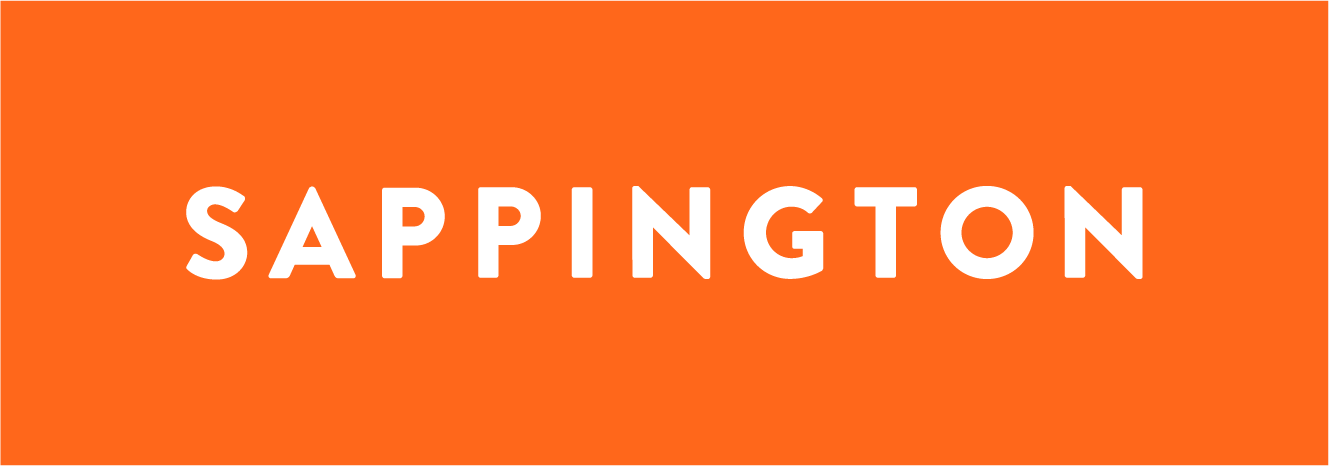Results by design
How design can play a key role in technology marketing
It’s an all-too-common tech marketing scenario: An important project needs to be designed. It’s been in the works for a while, but the designers are brought into the project quite late in the game. This leaves both designers and marketers scrambling to get things done on time — and it rarely results in a design that engages or inspires.
This type of situation represents a missed opportunity to capitalize on the creativity, expertise, and real value that designers bring to tech marketing projects. If you’re putting a lot of work into a project, but design is an afterthought, you’re robbing yourself of impact and effectiveness.
It doesn’t have to be this way. The right process can help marketers collaborate with designers to consistently create projects that stand out and shine.
Why design matters
The tech marketers we meet often think of design in terms of formatting or adding visuals to content that communicates a message. In contrast, good design offers its own way of communicating a message, one that can be absorbed instantly and intuitively. “People will judge the book by its cover. They see the visuals before they read the content. And they are going to immediately judge something within microseconds based on what they see,” said Sigurd Gustafsson, creative director, at Sappington.
“Good design offers its own way of communicating a message, one that can be absorbed instantly and intuitively.”
A visual message can add an emotional impact that words alone may not be able to match. And that emotion creates a connection with customers. Gustafsson said he often refers to a quote by Maya Angelou: “I've learned that people will forget what you said, people will forget what you did, but people will never forget how you made them feel.” That is “absolutely true” when it comes to design as well, he said.
Design can also help a product or company stand out amid a glut of information.
“We’ve reached a peak of digital saturation. Information is all-consuming, there’s such an overload, and it’s really hard to wade through for everyone,” said Sappington designer Jason Lee. “That makes it hard for you to get your message out there.”
Great design cuts through the noise and makes your marketing efforts stand out, especially in the enterprise technology market, where competition can be fierce.
What’s good design?
The content of good design may vary dramatically, but first and foremost, good marketing design integrates with other aspects of content to accomplish the ultimate goal of the project — whether that’s to get a potential customer’s attention or to convince a buyer to make a final decision. “Good design is part of a marriage between business and technology — really being able to understand the company and translate that into messages that people can understand,” Lee said.
“A visual message can add an emotional impact that words alone may not be able to match. And that emotion creates a connection with customers.”
Another hallmark of good design is simplicity. “Visuals and design can do the work that words aren’t able to do,” said Gustafsson. “One of our universal, proven principles is that less is more. You can successfully communicate some very complex ideas in the simplest visual way possible.”
What marketers can do for the best design results
For the best possible design, involve designers early in the process of marketing projects so that they can bring their best ideas and have the time to execute them. “You often see design being an afterthought when it should be looked at in the beginning — because it’s an important differentiator,” Lee said.
More importantly, involving designers from the start allows content and design to grow together and complement each other for a package that is greater than the sum of its parts. “Designers offer another point of view. When somebody is telling me a story, I immediately start visualizing — I’m thinking in pictures. It’s a different approach. For example, perhaps your idea is very complex, a designer may have a very simple visual solution that you just wouldn’t think of,” Gustafsson said.
“Involving designers from the start allows content and design to grow together and complement each other for a package that is greater than the sum of its parts”
Designers are also great resources when you want to do something new to make an impact. Don’t be afraid to be bold and make the most of your designers’ creativity. “We have clients that are always trying to push new ideas and push new ways of doing things. And we love to work with those people who are pushing the edge,” Lee said.
The Sappington designers say that whiteboarding early on in a project is a great way to get good ideas for a project from all quarters. “Whiteboards are a perfect tool to interact with a designer. You get up on a whiteboard and you both have a pen in your hand, and it’s an equal playing field” for creative solutions, Gustafsson said.
For many marketers, design is somewhat of a mystery, but learning a little bit about the principles and vocabulary of design can improve the way you work with your design team. It allows you to communicate what you’re looking for in a way that your designers can understand — and take action on more efficiently. “It’s going to be more beneficial if you can articulate what you're trying to get across rather than saying, ‘I don't know how to give you feedback, but I’ll know it if I see it.’ That type of feedback can’t help us home in,” Lee said.
Help designers help you
Giving designers the opportunity to do their best work results in better design — which means a better message and better results for you. In the end, designers want to achieve those results as well.
“We’re there to support those efforts,” Lee said. “Good ideas can come from anywhere, so reaching across to other points of view is important. It's important for us to be a team,” Lee said.
“Give a designer the opportunity, and they can elevate something, transforming it into something that makes you want to engage, interact, and dive in to see what it’s all about,” Gustafsson added.





